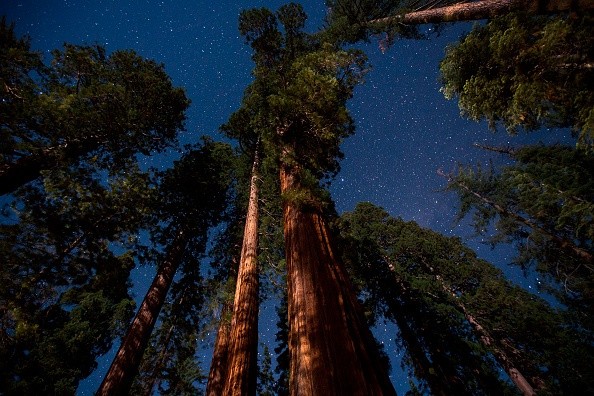According to a recent study, ancient trees help forests adapt in a way that is critical to their long-term survival. The study discovered that genetic resistance is passed on to other plants, allowing the ecosystem to endure environmental changes.
Scientists say that because of their importance in forests, these ancient trees "must be safeguarded," as they can't be replaced for hundreds of years.
Researchers from the United States, Italy, and Spain investigated the function of trees that live 10 to 20 years longer than the typical lifespan in the ecosystem.
They discovered that old trees, which make up less than 1% of a population, "radically impact" a forest's variety and "population fitness."
The study, which was published in the journal NaturePlants, said that "these life-history 'lottery' winners are crucial to long-term forest adaptation ability."
Related Article : Dead Woods Are Releasing More Carbon Yearly Than All Fossil Fuel Emissions Combined
Combating Climate Change

Charles Cannon, one of the researchers, predicted that as the climate changes, it would become "increasingly difficult" for them to emerge in forests, resulting in higher tree death rates.
"We lose the genetic and physiological history that old and ancient trees hold forever, as well as the unique environment for nature conservation," stated the head of The Morton Arboretum's Centre for Tree Science in the United States.
According to the researchers' simulations, old trees "each significantly higher ages that transcend environmental cycles that span millennia and substantially widened the temporal span of the population's total genetic diversity.
Restoring forests and planting new trees is necessary. It will take generations for ancient trees to mature and play their critical function.
Trees Aging

According to Woodland Trust, trees age and die at a rate that is consistent with their species and location. Trees that proliferate live for a shorter time, whereas trees that develop slowly survive longer. Many ornamental trees planted along suburban roadside and parking strips, for example, are chosen because they proliferate and are attractive.
You'll observe a lot of fruitless pears and plums, etc., when a housing development is new. However, those trees are mostly gone within 10 or 20 years. Hardwood trees like oaks and maples, as well as long-lived evergreens, will be more conspicuous at this time.
Trees provide various critical environmental functions, and bigger trees do so more effectively and efficiently.
Because trees absorb carbon dioxide from the atmosphere, preserving ancient forests is a crucial part of any effort to combat climate change. Unless trees' wood is employed in long-lasting items like homes or furniture, the carbon dioxide they store is released into the atmosphere when they are chopped down.
Related Article : Why Should We Start Planting More Sequoia Trees?
For similar news updates,don't forget to follow Nature World News
© 2025 NatureWorldNews.com All rights reserved. Do not reproduce without permission.





